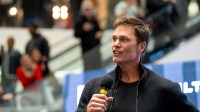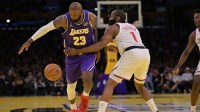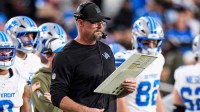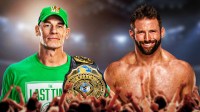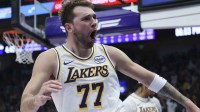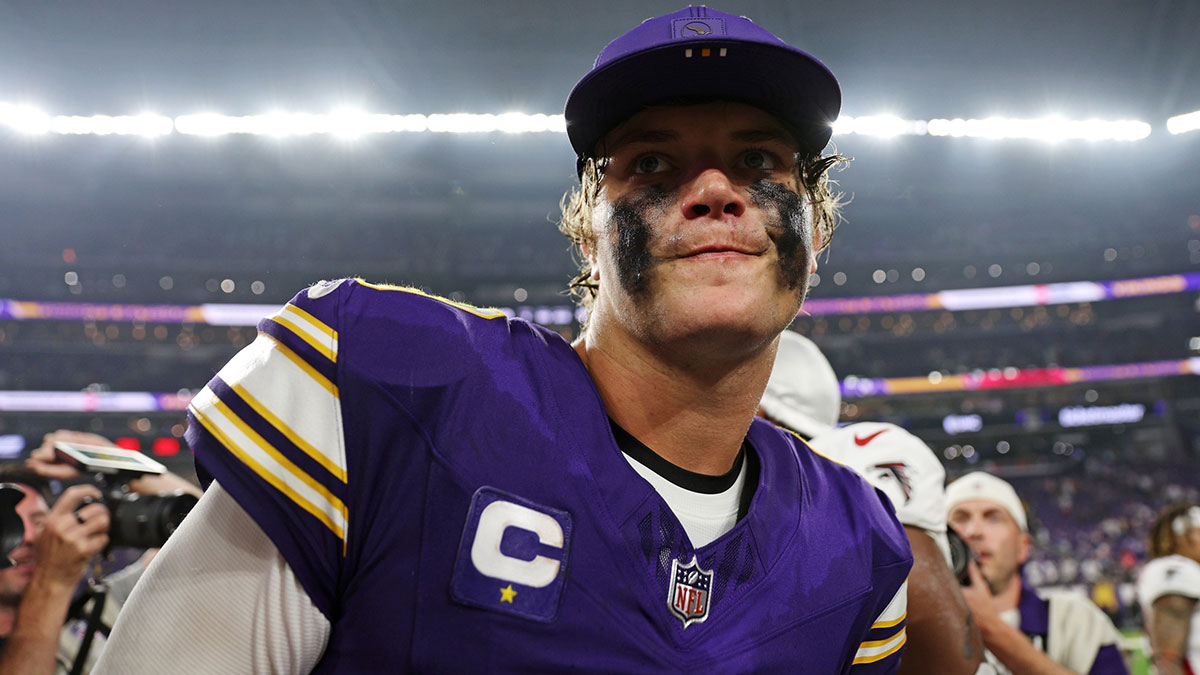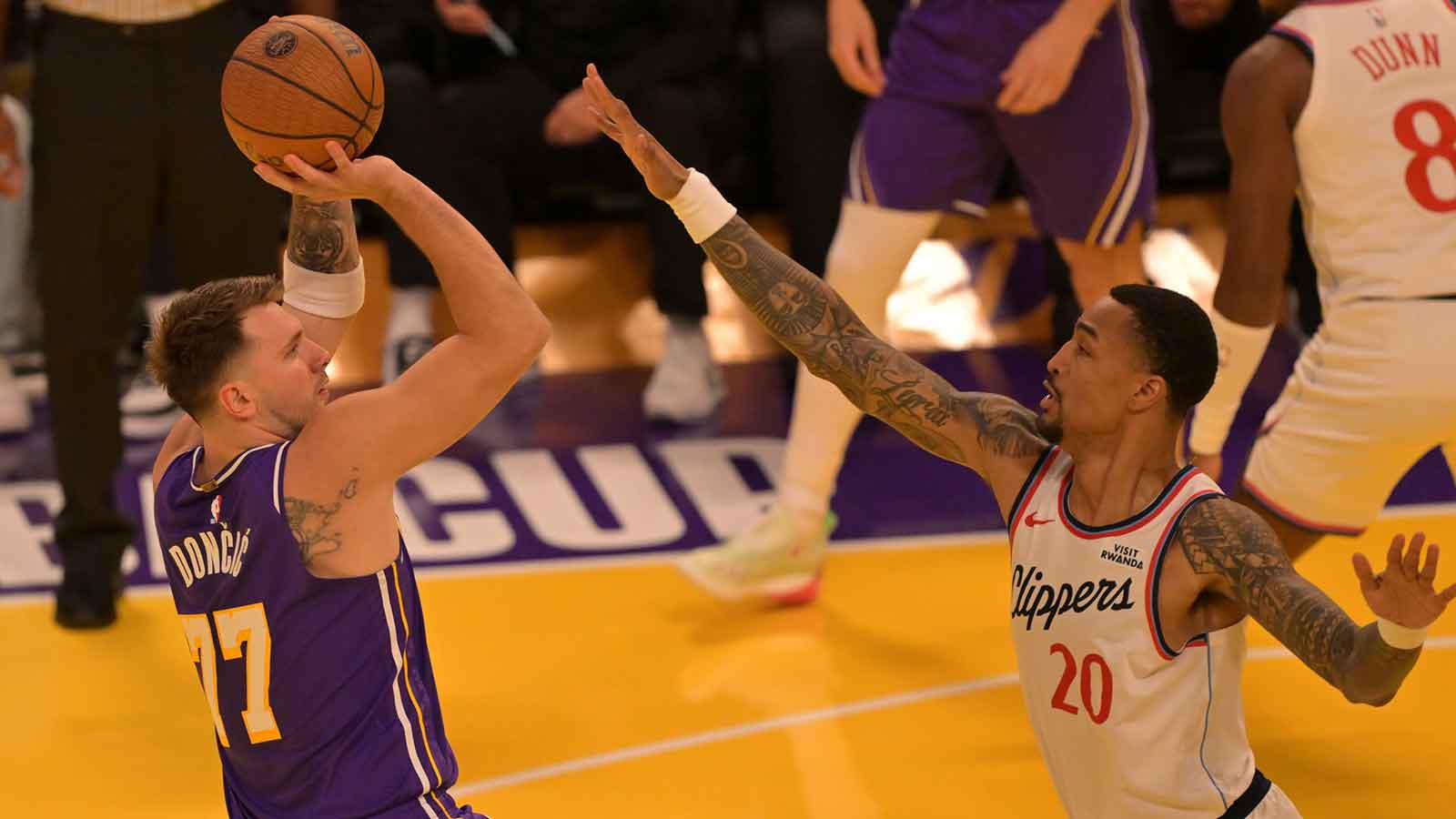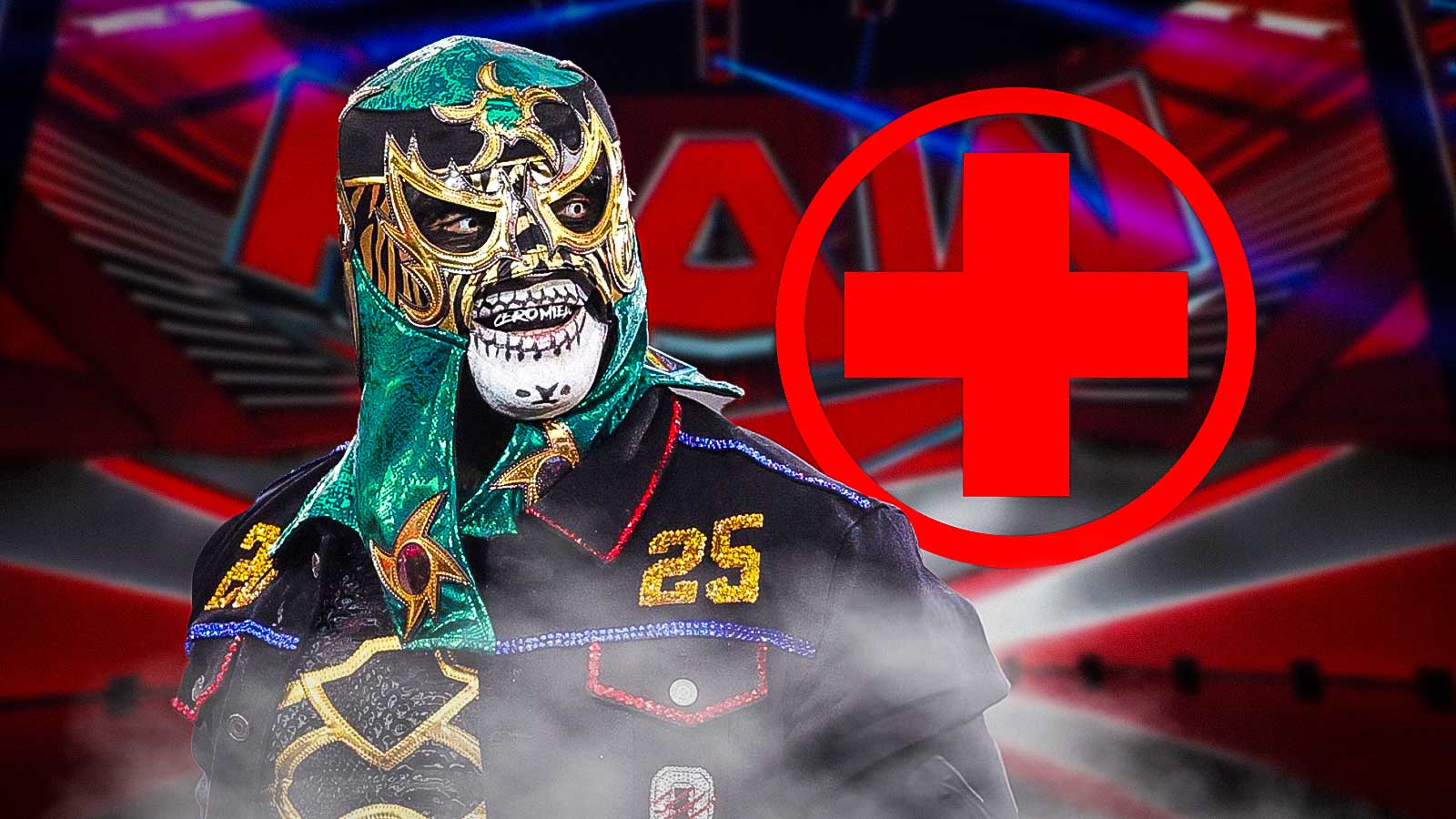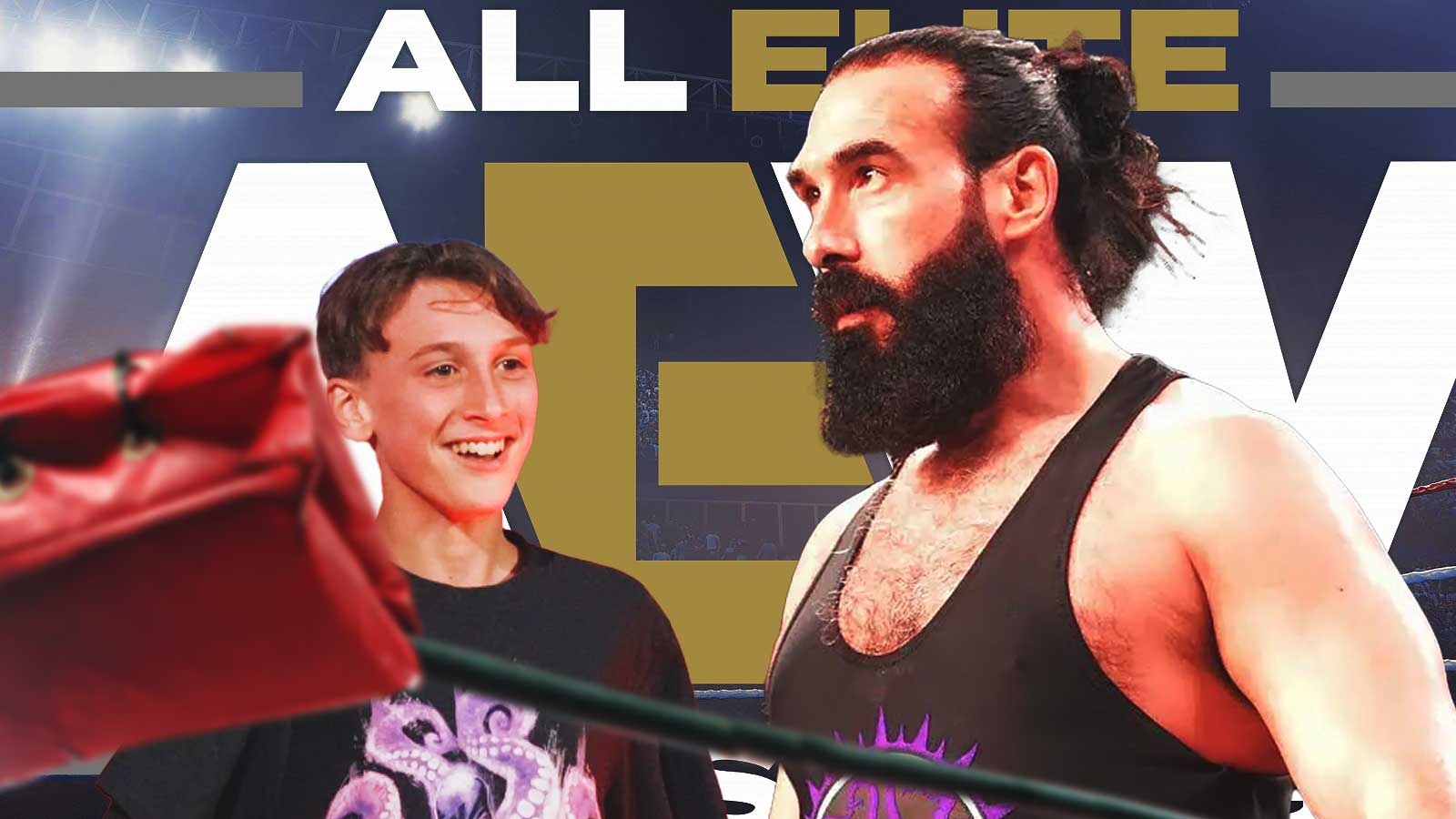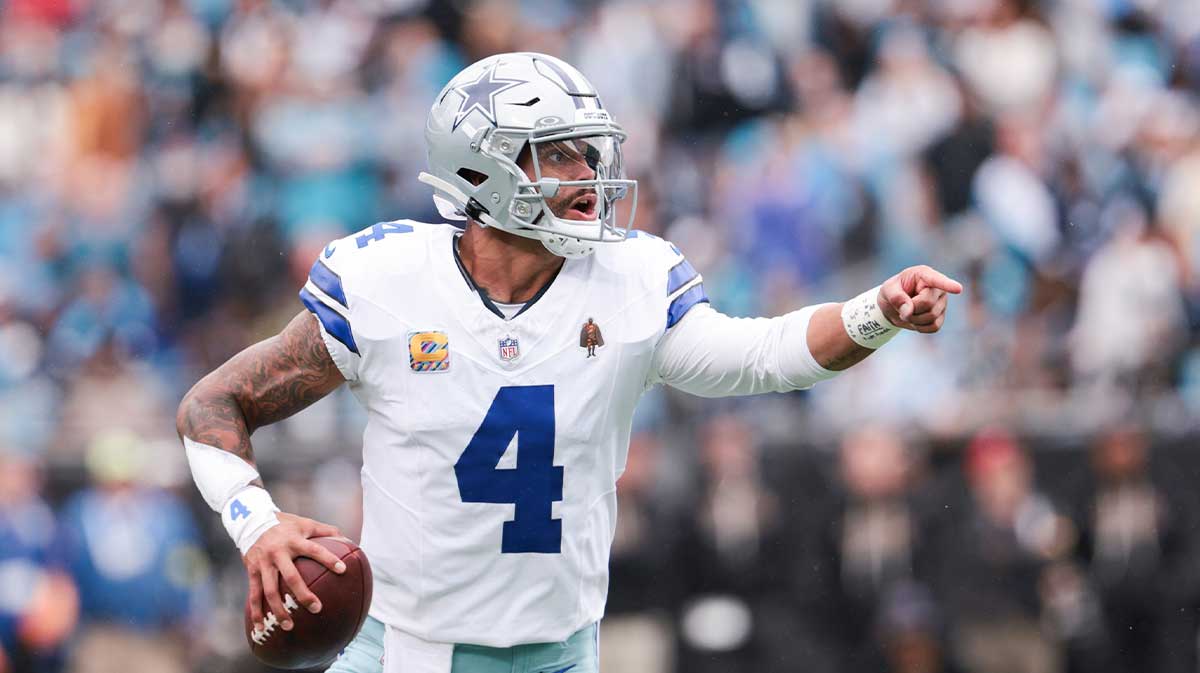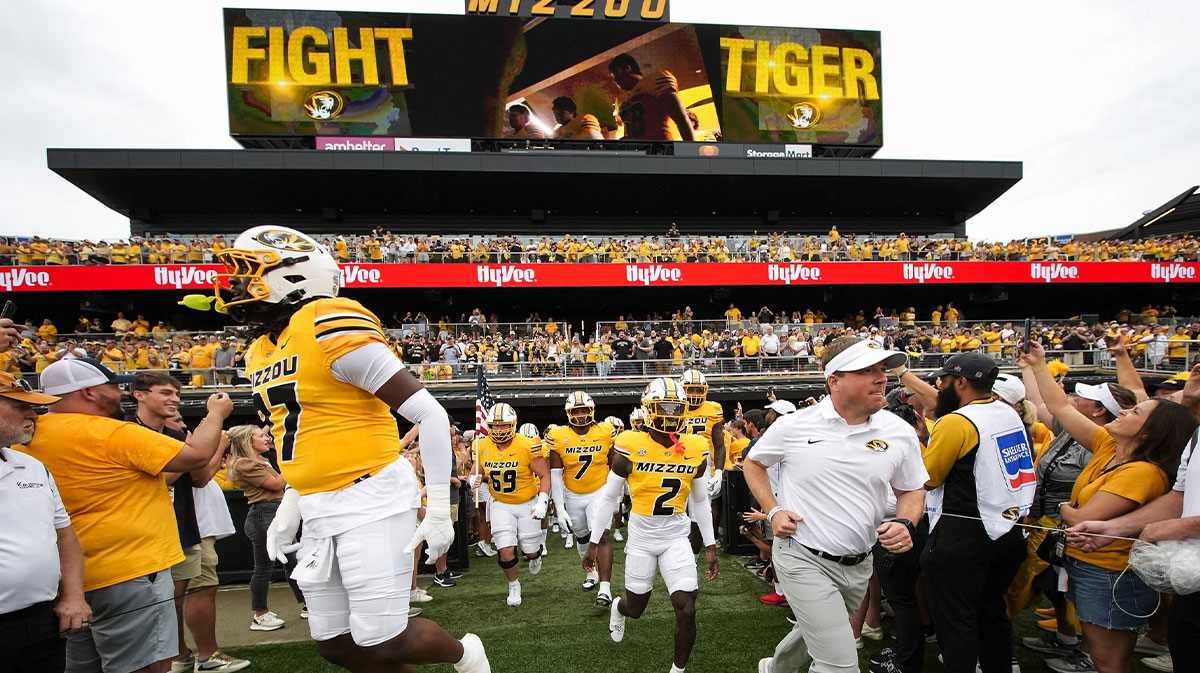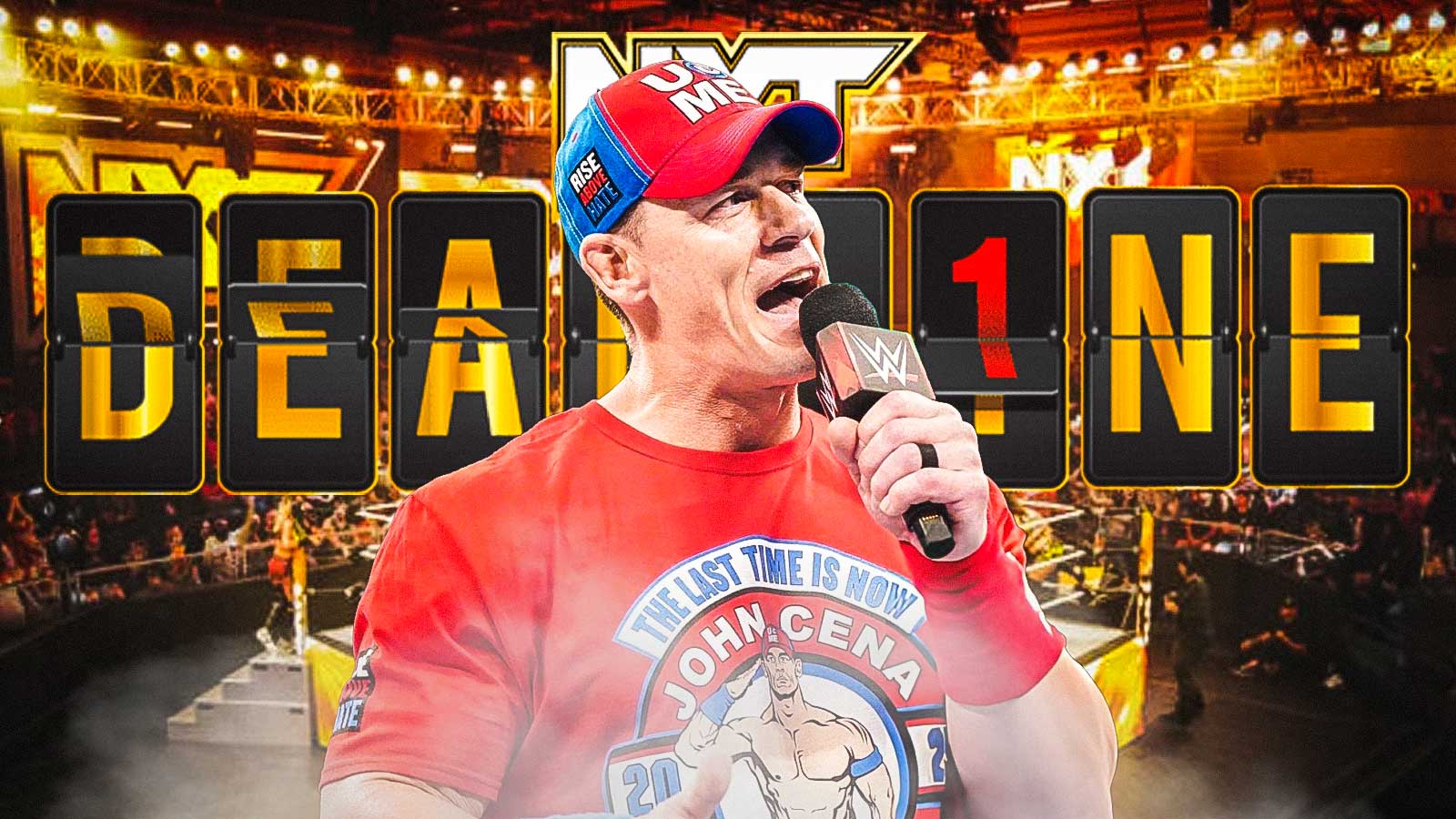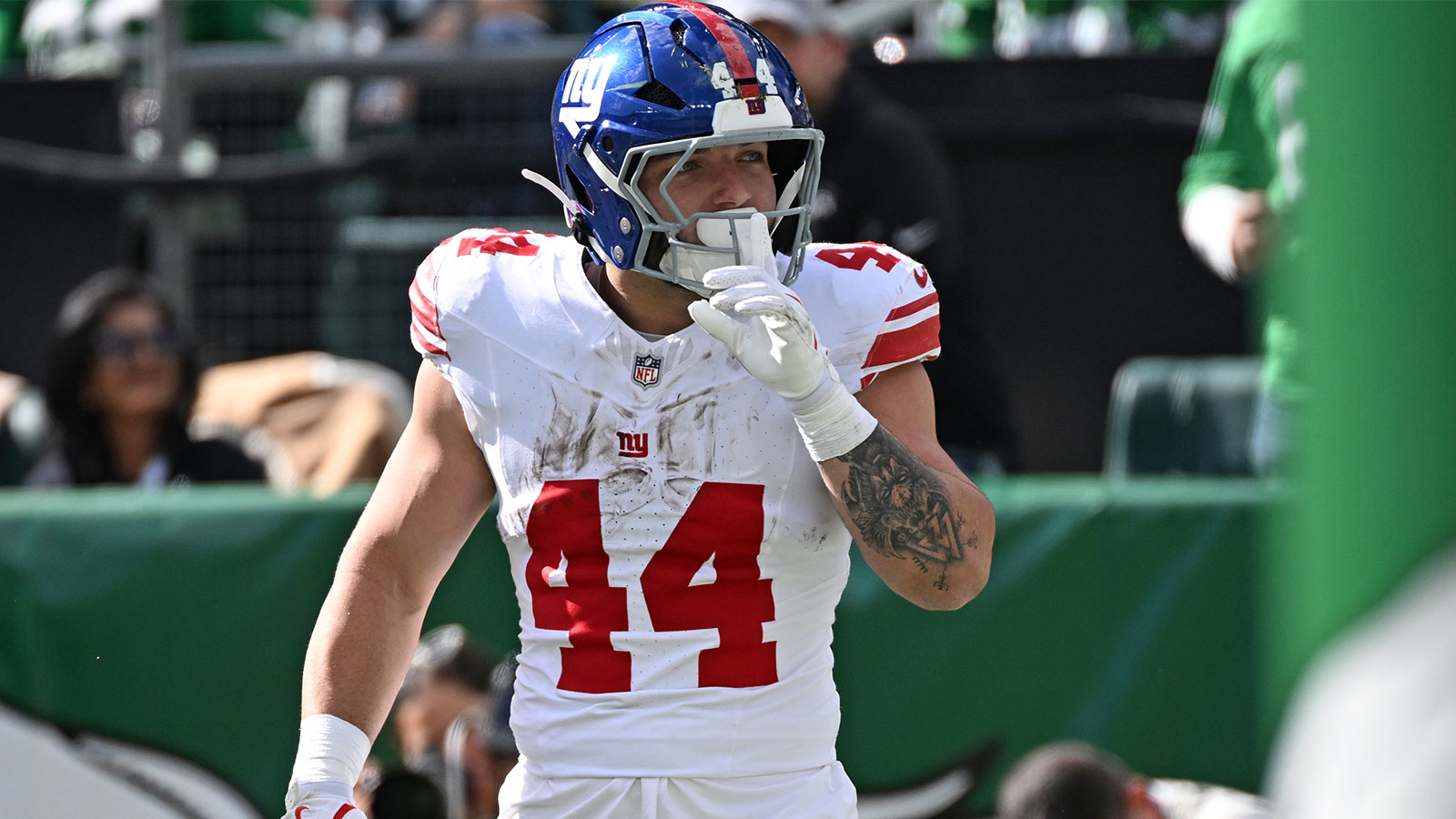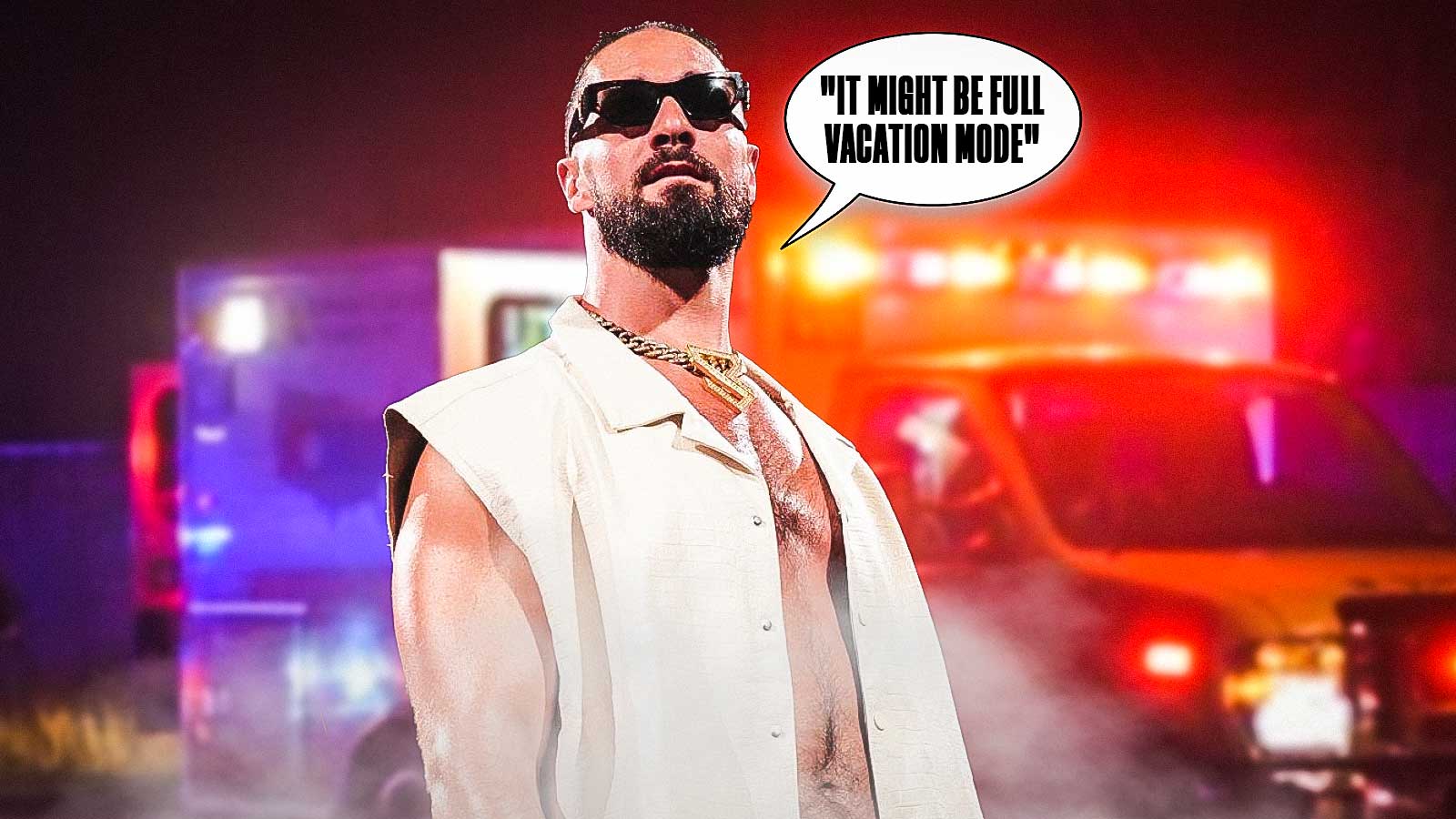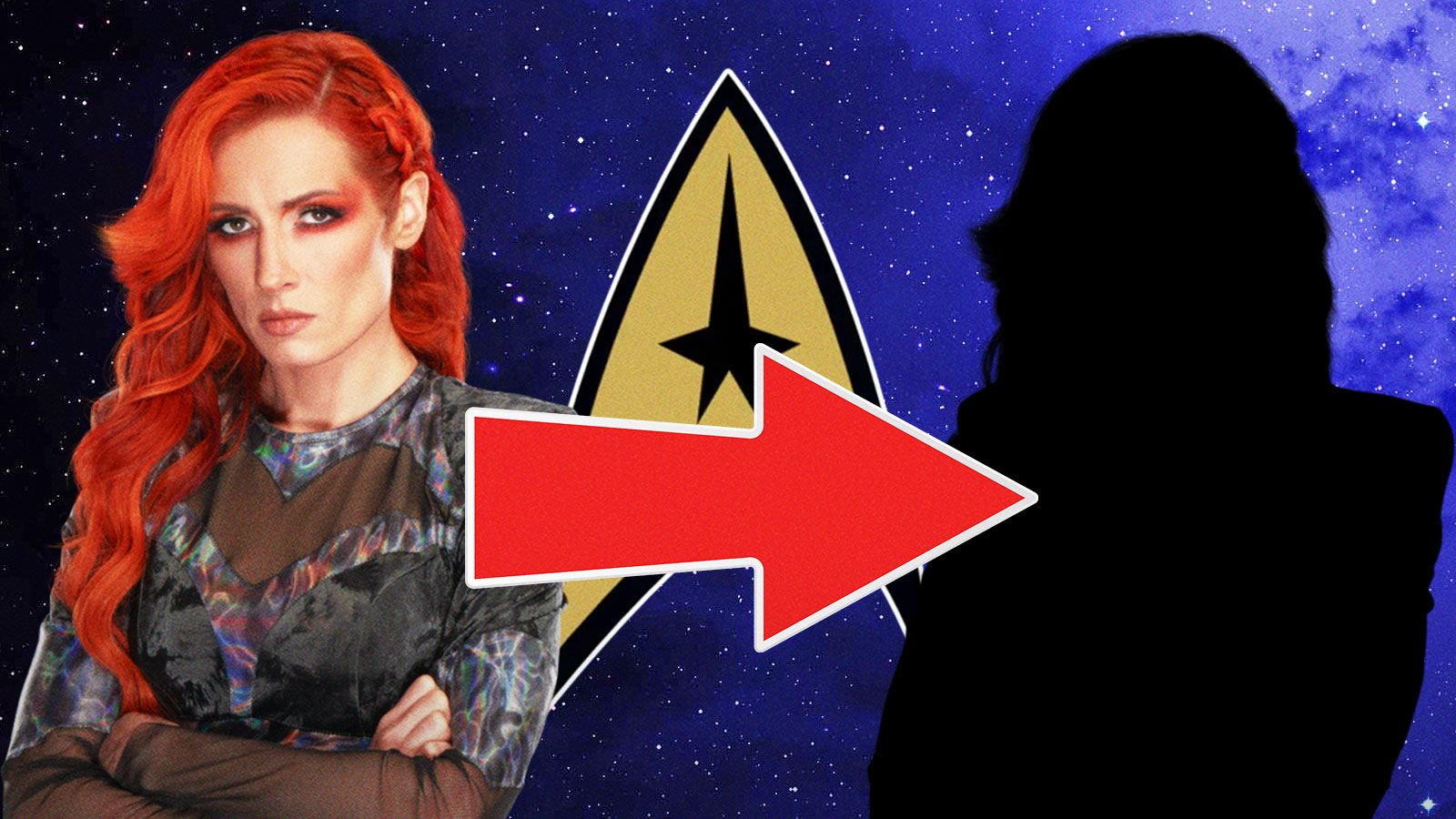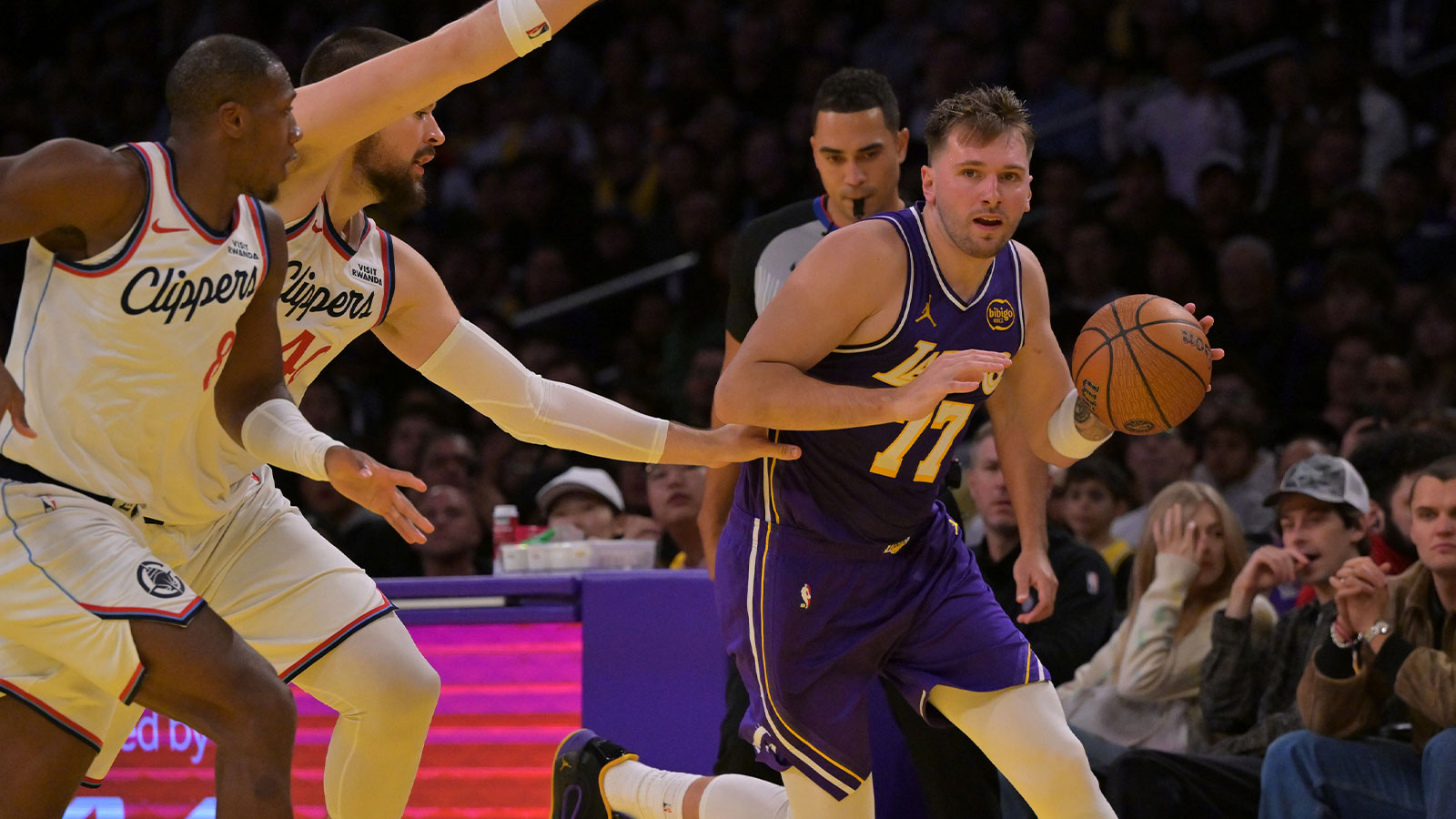Let's take a look at the 2018 NFL Draft class for all four teams in the AFC East (Miami Dolphins, Buffalo Bills, New England Patriots, and New York Jets), giving them each a grade for their selections.
4. Buffalo Bills

Round 1 pick 7 – Josh Allen, QB, Wyoming
Round 1 pick 16 – Tremaine Edmunds, LB, Virginia Tech
Round 3 pick 32 – Harrison Phillips, DT, Stanford
Round 4 pick 21 – Taron Johnson, CB, Weber State
Round 5 pick 17 – Siran Neal, CB, Jacksonville State
Round 5 pick 29 – Wyatt Teller, G, Virginia Tech
Round 6 pick 13 – Ray-Ray McCloud, WR, Clemson
Round 7 pick 37 – Austin Proehl, WR, North Carolina
Despite making the playoffs in 2017, the Bills are kicking off a rebuild. QB Tyrod Taylor is gone, replaced by former Bengals backup A.J. McCarron. With two extra 2nds and an extra 3rd, Buffalo was in good position to either move up early in the draft or build the middle of the roster. They chose to do the former, with mixed results.
The Cleveland Browns stunned nearly everyone when they chose QB Baker Mayfield first overall, and the New York Jets selected Sam Darnold with the third pick. That left two of the top four QB prospects still on the board, and the Bills made sure that they got their guy by trading up to 7 from 12 with the Tampa Bay Buccaneers.
But instead of taking Rosen, thought by many to be the best and most pro-ready QB since Andrew Luck, the Bills took one of the biggest projects the NFL has seen in a while in Wyoming's Josh Allen. Allen has all the physical tools you could possibly want in a QB, with ideal size (6'5″ 237lbs), mobility, and an absolute cannon of an arm that may just be stronger than Brett Favre's.
However, Allen is a work in progress. He never completed more than 56% of his passes in college, and his performance dropped to abysmal levels in games against power-five competition. He lacks the mental aspect of the position that is required in the NFL, but that can be learned.
The bigger problem is his inconsistent accuracy. He will fire a bullet 50 yards down field off his back foot and across his body that drops perfectly into the receiver's chest on one play, spike a ball into the ground at the receiver's feet running a 10-yard out the next, and then airmail a 15-yard crossing route after that.
If Allen isn't developed properly, he could flame out harder than JaMarcus Russell did in Oakland. But if he even scratches the surface of his potential, the Bills will have a top-5 NFL QB. Allen has the ability to be the best QB the league has ever seen, but everything needs to go perfectly for him to be even an above-average starter.

With McCarron and Nathan Peterman as the only competition in the QB room, it would have made sense to go with the more sure thing in Rosen. But, the Bills did their research and believe they can get the best out of Allen. Only time will tell if they are correct.
Buffalo moved up again in the first round, this time from 22 to 16 with the Baltimore Ravens. They took yet another boom-or-bust prospect in Virginia Tech's Tremaine Edmunds. Like Allen, Edmunds is the prototype player from a physical standpoint, but he hasn't caught up mentally yet. Edmunds just turned 20 on May 2nd, so he has plenty of time to learn.
At 6'5″ 253 lbs with a 4.54-second 40-yard dash, he is one of the most athletic players to come into the league in recent years. He should start immediately based off of his talent alone, and while he'll make a few boneheaded mistakes, he should have a huge impact in his rookie year and could become one of the NFL's best linebackers in the future.
One of the best run-stoppers in the draft, Phillips should be able to replace longtime DT Kyle Williams once he decides to retire. Phillips will see the field a lot in his rookie season, and if he can improve his pass rushing, he could become a Pro-Bowl level player down the road.
After the third round, the Bills draft was not very noteworthy, although one head-scratching pick was made later on. Clemson “WR” Ray-Ray McCloud was taken with the 14th pick in the sixth round despite the fact that there were better receivers available, including Florida State's Auden Tate, Boise State's Cedrick Wilson, and Notre Dame's Equanimeous St. Brown. McCloud's 5'10” frame and lack of ideal physical traits make it difficult to see him sticking around in the league for very long.
The Bills took two gigantic risks with their first two picks. The possible rewards are incredible, but if Allen in particular doesn't pan out, the 2018 NFL Draft will go down as one of the worst of all time for Buffalo.
Grade: C
2(t). Miami Dolphins

Round 1 pick 11 – Minkah Fitzpatrick, DB, Alabama
Round 2 pick 10 – Mike Gesicki, TE, Penn State
Round 3 pick 9 – Jerome Baker, LB, Ohio State
Round 4 pick 23 – Durham Smythe, TE, Notre Dame
Round 4 pick 31 – Kalen Ballage, RB, Arizona State
Round 6 pick 35 – Cornell Armstrong, DB, Southern Mississippi
Round 7 pick 9 – Quentin Poling, LB, Ohio
Round 7 pick 11 – Jason Sanders, K, New Mexico
The Dolphins are in a bit of an odd position. They aren't quite legitimate playoff contenders, yet they aren't exactly rebuilding either. Starting QB Ryan Tannehill was injured before the 2017 season began, and free agent signee Jay Cutler led the team to a 7-9 record.
This year, Cutler is gone and Tannehill is back, but the Dolphins got rid of their two best players in DT Ndamukong Suh and WR Jarvis Landry. Miami needed to re-stock their roster without devoting themselves completely to a rebuild, and they were able to pull that off.
If you don't know whether or not to commit to your starter as your franchise guy, and the top 4 QBs in the draft are off the board, the smart thing to do is to draft the best defensive player available. It just so happens that the Dolphins needed secondary help, and Alabama's Minkah Fitzpatrick was available at 11. Fitzpatrick has the size, athleticism, and coverage skills needed to excel at outside CB, slot CB, or FS, all of which he played in college. He will give Miami's defense the leader it has been missing and should be the team's #1 CB for years to come.
You might as well try and make your QB look as good as he possibly can, and the best way to do that is to give him weapons. Gesicki is a wide receiver in a tight end's body. His 6'6″ 247 lb frame allows him physically dominate defensive backs.
At the NFL Combine, he put up some incredible numbers, including a 4.54-second 40-yard dash and a 41.5-inch vertical jump. Gesicki excels at finding the soft spot in the defense and just has a knack for getting open. His size and speed make him a great deep threat, and he's fantastic in the red zone. Gesicki will immediately improve a Miami receiving corps that lost its star in the offseason.

Baker was the Buckeye's top linebacker in 2017, and he joins his former teammate Raekwon McMillan in Miami. They should form a solid run-stopping duo, and Baker has the potential to develop into a nice coverage linebacker.
The Dolphins signed Frank Gore to improve their running back stable for this season, but Gore is 35, so the Dolphins needed an option for the future. At 6'2″ 228 lbs, Ballage is a well-built running back with the speed to break off a long touchdowns, as evidenced by his 4.46-second 40-yard dash. He should see significant playing time this year, and if the Dolphins don't draft another back high in 2019, Ballage should be the starter next season.
Miami's draft overall was somewhat underwhelming, but the selections of Fitzpatrick and Gesicki are very nice, and both are top prospects at positions the Dolphins were weak at. With the Bills and Jets both possibly starting rookie QBs in 2018, the Dolphins should finish in second place in the division and could remain in the playoff hunt deep into the fall if Tannehill plays well.
Grade: B-
2(t). New England Patriots

Round 1 pick 23 – Isaiah Wynn, T/G, Georgia
Round 1 pick 31 – Sony Michel, RB, Georgia
Round 2 pick 24 – Duke Dawson, CB, Florida
Round 5 pick 6 – Ja'Whaun Bentley, LB, Purdue
Round 6 pick 4 – Christian Sam, LB, Arizona State
Round 6 pick 36 – Braxton Berrios, WR, Miami
Round 7 pick 1 – Danny Etling, QB, LSU
Round 7 pick 25 – Keion Crossen, DB, Western Carolina
Round 7 pick 32 – Ryan Izzo, TE, Florida State
The Patriots started out with two first-round picks along with two seconds and ended up making quite a few trades. First, they traded up from 43 to 51. Then they sent a third-round pick to the San Francisco 49ers in exchange for OT Trent Brown. Next, they sent 51 to the Chicago Bears for a fourth and a 2019 second-rounder. The Patriots then sent 63 and a fourth to Tampa Bay for 56, where they selected Dawson.
With their pick acquired from the Los Angeles Rams in exchange for WR Brandin Cooks, the Pats solidified their offensive line by drafting Wynn from Georgia. He's an extremely athletic and fluid mover, but his 6'3″ frame makes him undersized for a left tackle in the NFL, so many projections had him moving to guard.
Nate Solder left for the Giants in free agency, so New England has a hole at LT. Both Brown and Wynn will get a chance to claim the spot, but if Wynn is unable to win that competition, he should be able to slide in at LG and excel immediately.
With the 31st overall pick, the Patriots took Wynn's college teammate, Georgia RB Sony Michel. The Bulldogs had a two-headed backfield, as Michel and Nick Chubb complimented each other perfectly. Chubb was the powerful bell cow, and Michel was the change of pace home run hitter.
Michel has pretty much everything you want in a lead back, and he'll be able to stay fresh as the Pats already have James White and Rex Burkhead on the roster. However, he struggled with ball security in college, as he fumbled once every 54 touches, more than twice the rate of the average running back prospect. If Michel can hold onto the football, he should be a very nice weapon for New England.

Chubb was also available at 31, but New England decided to pass on him. Chubb is 13 lbs heavier than Michel and has better athletic traits, even as he continues to recover from a devastating knee injury during his freshman season. Chubb went four picks later to the Cleveland Browns, and the two backs' careers will forever be compared.
The Patriots struggled to find a consistent slot cornerback in 2017, and they hope to have fixed that problem with Dawson, who was excellent in college. After trading for Jason McCourty, a secondary consisting of Stephon Gilmore, McCourty, Dawson, Devin McCourty, and Patrick Chung looks quite solid.
In round six, the Pats added another small, speedy slot receiver in Miami's Berrios. At 5'9″ 184 lbs, Berrios is very undersized, but he runs good routes, has solid athleticism, and is very dependable. With Danny Amendola departing for the Miami Dolphins, Berrios has a great shot at making the team and should develop a rapport with Tom Brady quickly.
The Patriots added three impact players in the first round and increased their draft capital for 2019 in the process. Tom Brady is still leading the team, so New England will remain a Super Bowl contender. Their championship window should be closing in theory, but Brady hasn't shown any signs of slowing down. The Patriots should begin preparing for the future after Brady, but the focus right now is on winning another Super Bowl.
Grade: B-
1. New York Jets

Round 1 pick 3 – Sam Darnold, QB, USC
Round 3 pick 8 – Nathan Shepard, DT, Fort Hays State
Round 4 pick 7 – Chris Herndon, TE, Miami
Round 6 pick 5 – Parry Nickerson, CB, Tulane
Round 6 pick 6 – Folorunso Fatukasi, DL, UConn
Round 6 pick 30 – Trenton Cannon, RB, Virgina State
Before the draft, the Jets traded three second-round picks to the Indianapolis Colts to move up from six to three, a perfect position to draft a quarterback.
That's exactly what happened, although the player they took wasn't the one most people expected. Once Cleveland shocked the football world by taking Oklahoma's Baker Mayfield (rumored to be the Jets' target) first overall, and the Giants selected running back Saquon Barkley, the Jets had their choice of Josh Allen, Josh Rosen, and Sam Darnold.
The last time the Jets took a USC QB in the first round, things didn't go too well. But, things should go differently this time around as long as Darnold is given time to develop. He has good size, good mobility, a good arm, and innate accuracy, even when throwing off balance or with poor footwork. Still, he needs to get better at making pre-snap reads, going through his progressions, and not staring down receivers. Darnold was drafted into a good position, with veteran Josh McCown serving as mentor and former Vikings first-round pick Teddy Bridgewater ready to start if he's healthy.

With very few picks the rest of the way, the Jets wanted to add players who could end up developing into good starters down the road, and Shepard fits that description perfectly. He's an interior lineman with good size and the versatility to move outside if needed. He needs to add to his pass rushing moves, but with Leonard Williams in front of him, Shepard will get the time he needs to reach his potential.
The Jets had one objective in this draft: Find a quarterback. They completed that mission, and now it's up to Darnold and the coaching staff to make sure New York took the right one as they attempt to wrestle away the division from New England's long-time grasp.
Grade: B+
While all four teams improved, the Jets and Bills are obviously focusing on the future, and the Dolphins shouldn't pose much of the threat to the Patriots. As it has been for nearly two straight decades, the AFC East is New England's to lose.


